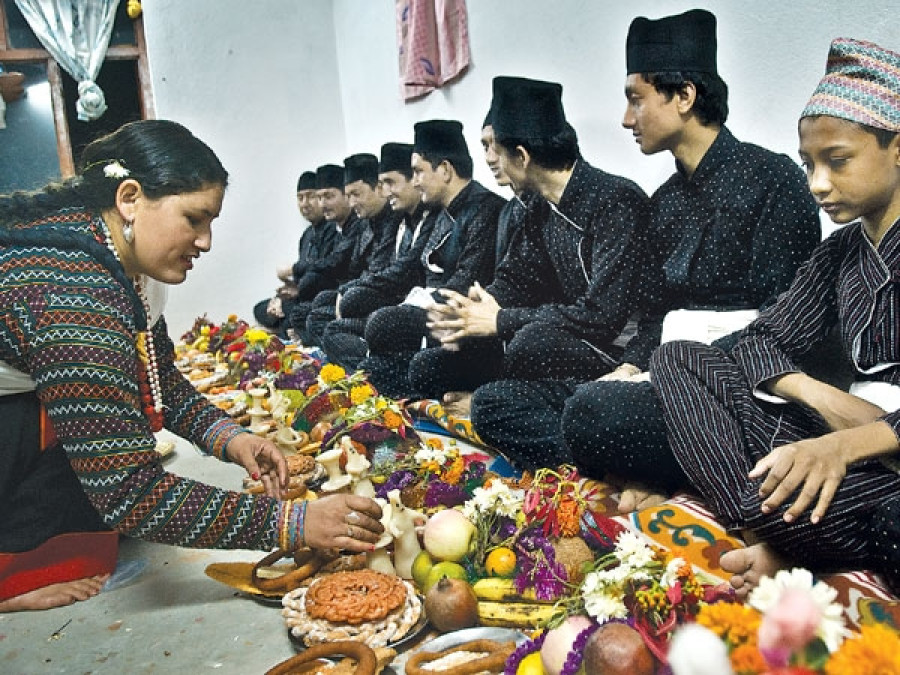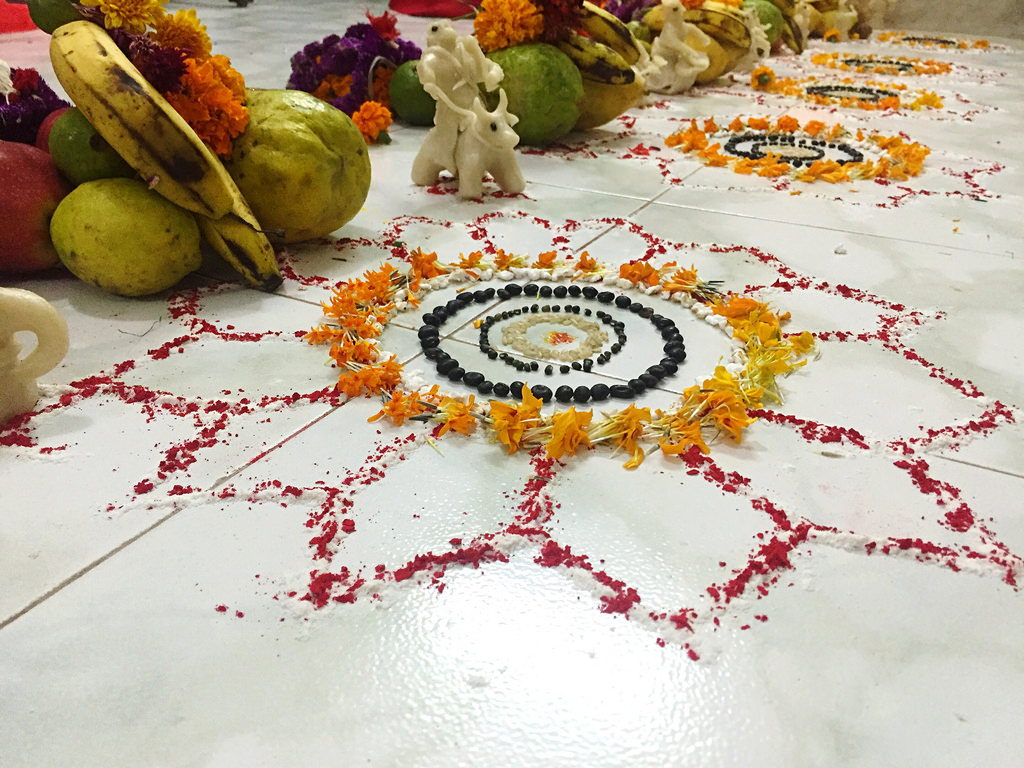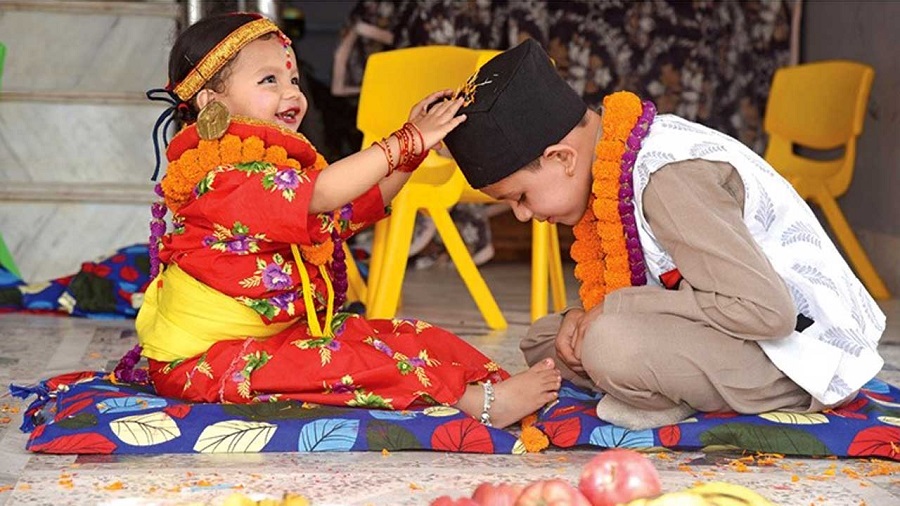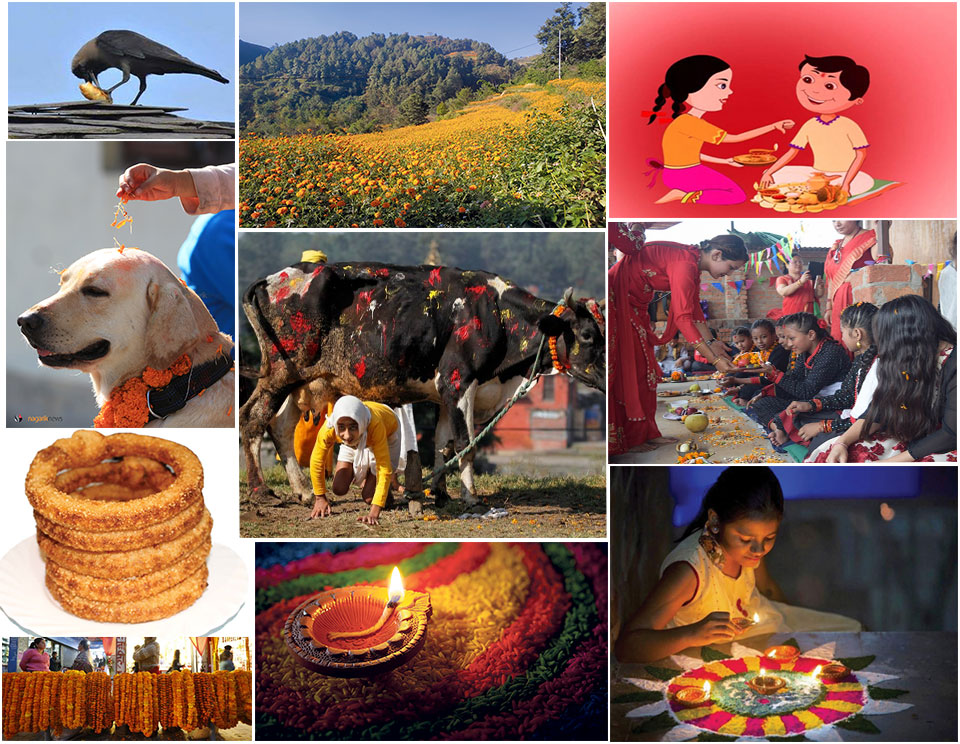My Mha Puja and Bhaitika Celebration in Nepal as an International Traveller
When I first traveled to Nepal, I had no idea how beautiful a festival could be. I knew Tihar was the festival of lights, but I didn’t quite understand that it was. Until I was immersed and enjoying the event. Entering this amazing festival truly felt like a dream was brought to life filled with warmth, colors, and love. It was so much more than lighting lamps; it was lighting the soul – feeling so honored to remember Mha Puja and Bhaitika is something I will never forget.

Celebration That Feels Like Home
Tihar is spread over five wonderful days in Nepal; with each day having its purpose and each day celebrated praying an animal or a deity. You can literally feel the joy and celebration from the moment. You step onto the street, with each house glowing with thousands of tiny lights and a marigold garland. Everyone smiled to the beat of traditional music.
I remember strolling through a small lane in Patan, where children were coloring lovely mandalas on the road. Throughout the indoor community environment, the easygoing atmosphere of incense blended in with the scent of sel roti cooking. They were very hospitable and invited me to join their festival. At that point I felt no loneliness, no outsider.
Of the 5 days of Tihar, two of the experiences were distinctly Nepalese experiences: Mha Puja, which is an honoring of yourself/soul; and Bhaitika, which is honoring the love between your brother and sister.
Mha Puja
On the fourth day of Tihar, I was welcomed to the home of a Newar family in Patan. To participate in Mha Puja (Mha Puja), and I did not know what to expect. However, as I walked into the courtyard of the home, I did feel a little more comfortable. The ground of the courtyard was beautifully covered with rice mandalas of each family member representing their spirit, and with small oil lamps glowing. It was traditional, and shining so much!
I was gently asked to sit in front of my own mandala. The family explained that Mha means “self,” and Puja meaning “to worship.” It was a ritual of passage of my own honoring. Something I never had before; a reminder to honor the divine that lies within each of us. I felt tears sting my eyes as the elder woman of the family placed a small tika upon my forehead. And lit the little lamp in front of my mandala.

I intended to tackle on something that was incredibly simple, but so meaningful. While the world teaches us to love others, what I experienced was to love oneself. For the first time in years, I felt I made a connection with myself. That flickering light was not only in front of me, but also in me. That evening while eating food, conversing and laughing with the family. I started to see that spirituality in Nepal was about so much more than that you gods and temples, and puja. It was about the human spirit and the still peace.
Bhaitika
The fifth day of Tihar is called Bhaitika, which started the next morning. I had heard Bhaitika was the most emotional day of the festival and indeed it was. A friend I met during my time in Nepal, asked me if I wanted to go with her to do the ceremony with her brother who lives in Bhaktapur. When I got there, her house was beautiful with flowers and lights and decorations. In the center of the room was a mandap with many offerings of foods, fruits, sweets and garlands.
Once her brother sat down in front of her and the entire room went silent. She placed a colorful tika on his forehead with great love in her eyes. Each color of the tika represented blessings and protection, receiving garlands, food and presents, special love and there was red, yellow, orange, green, blue, violet and white in the tika.

In the exact moment she was also saying a prayer for her brother’s long life. After that she brought her brother’s hands together, made a small prayer bow, placed his thoughts on her feet, and presented her gifts. The depth and connection felt so genuine and clear, I felt sad and tearful inside, even though I do not belong to their family in blood.
When the sister noticed me sitting quietly watching, she made eye contact with me and said, “This is for the love of siblings today. But it is also about the things that are special and people in our life.” I remembered what she said, because at that moment I remembered that family does not have to mean biological. Sometimes family is reserved for those hearts, that choose to care and love one another.
Eventually, they placed a tika on my forehead. They requested me to sit with them; they presented to me fruits and sweets, and proclaimed, “Now you are part of us.” I beamed with joy and felt tears welling in my eyes. As,i had arrived in Nepal as a visitor, but that day I was no longer a tourist. I belonged.
Tihar: A Festivity of Learning to be Grateful
Through Mha Puja and Bhaitika I began to understand what Tihar was about, the celebration of each and every relationship. It begins with Kaag Tihar, a day to feed crows, the messengers of the gods. Then it is Kukur Tihar, dedicated to honoring and worshiping dogs for their loyalty to humans and love. Then there is Gai Tihar, recognizing cows and their role in sustaining life. After Gai Tihar is Mha Puja, a day to worship oneself; then Bhaitika, love from brother to sister.
Every day teaches you. It teaches you how to be grateful for each moment, how to honor the life of every living beings and notice divinity all around you. It is not merely a religious festival from an ancient culture; it is how you should live.
As I looked around the city that night that sparkled with a thousand lamps, I understood how beautifully the Nepali embrace light: not merely as light but as enlightement. Each diya whispered that even in darkness there are always things to be grateful for.
What to Experience in Tihar in Nepal
If you happen to be in Nepal during Tihar, this is an experience not to miss! It occurs anywhere from late October to early November and there is so much to see and do.

1. Access Family Time
Nepali families are incredibly hospitable! If you find the opportunity to be a guest in a family’s home please do. This will be your favorite part of your trip.
2. Explore Old Heritage Towns
Patan, Bhaktapur and Kathmandu are alive and personified living museums; lights in every courtyard, flowers everywhere and music in the streets.
3. Bolster Your Traditional Food Experiences
Tihar is also that time when sel roti, anarsa, laddu and sweets made for you by mom or grandma literally also symbolize love and sharing.
4. Respect the Practices
Please always take off your shoes before entering the holy space, and always walk quietly while making pictures. Even something small shows such respect does wonders for expressing deep faith.
5. Bring Your Own Diya
Even if you are not at home, just lighting a little lamp will make you feel apart of something eternal. It is not just a flame; it is a wishing that floats and speaks to the universe.
A Journey That Changed Me For Life
As I sat by my window reflecting on my time in Nepal coming to an end. Watching the last of the Tihar lights glimmer in the late evening sky. I was surrounded by the laughter, incense, and the memories of the tika on my forehead.
Mha Puja taught me that self-love is sacred and Bhaitika taught me while love knows no bounds. Together they reminded me the holidays are not about tradition but a feeling, a connection to the way light can come into our lives through every person we meet.
I came to Nepal to see its beauty, but I left feeling it in my heart. The kindness of the people, the depth of their culture, and the warmth of their traditions changed the way I see the world.Tihar is not only a festival that lights the streets of Nepal. It is a festival that lights the soul.
